Herons and Egrets
It’s likely that most people reading this blog have seen plenty of grey herons in their lifetime. These are large, impressive, and somewhat prehistoric-looking birds that are usually seen by any sort of body of water, be it ponds, lochs, estuaries, rivers, or even the sea.
With the Montrose Basin being a huge intertidal estuary, you would expect there to be lots of grey herons making use of it – and you’d be right! In October’s Wetland Bird Survey, reserve volunteers and staff counted just shy of 70 grey herons around the Basin, and there was one day in the same month that we counted 54 in the salt pans by the visitor centre alone.
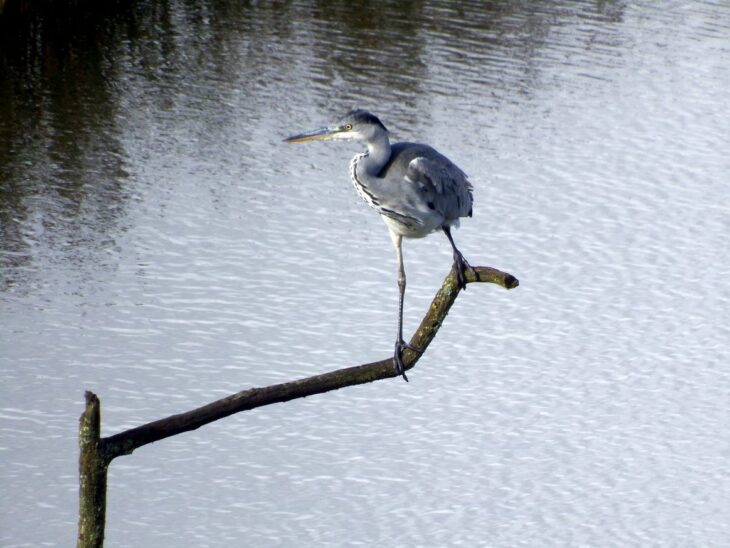
It’s only in the past decade or so that close relatives of the heron – egrets – have been appearing more regularly in Scotland. Herons and egrets belong to the same family: Ardeidae. At the beginning of the decade, a report of a little egret on the reserve would have been an event of great excitement: the news would have been sent out to the local bird clubs and visitors would have made an effort to pop by to catch a glimpse of the rarity. Little egrets have now become an almost daily sighting at Montrose Basin, though. Once an occasional summer visitor, these bright white birds have gradually become year-long residents, with 3 little egrets being regularly sighted on the reserve for the whole of 2019. This is likely an effect of climate change – a similar pattern is seen across many species, with ranges spreading into once colder habitats as the temperature gradually increases.
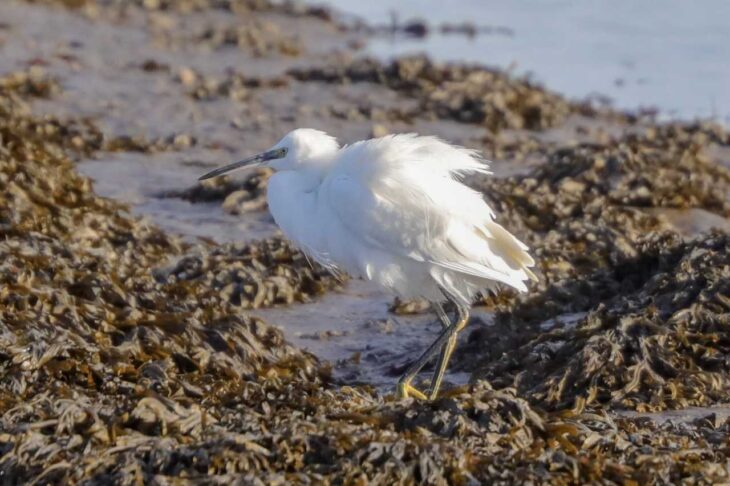
Other egret species are still uncommon at Montrose Basin, though, and a great white egret has been causing a stir on the reserve for the past month. One was spotted from the Wigeon Hide on November 13th, and (breaking news) it was just reported there again this morning (15/12).
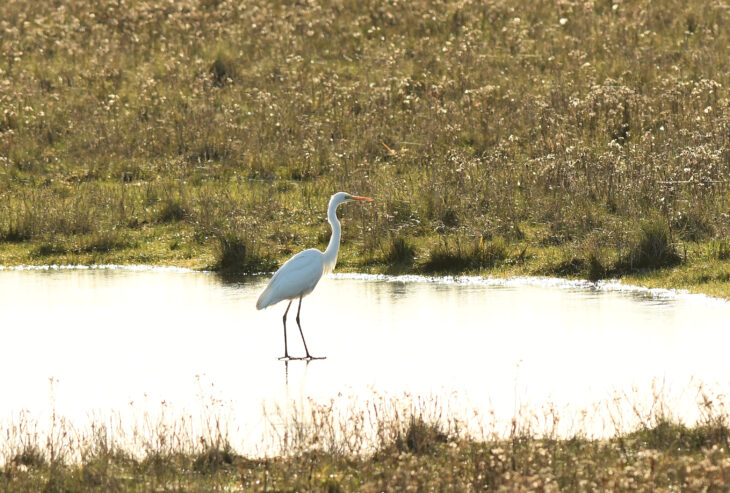
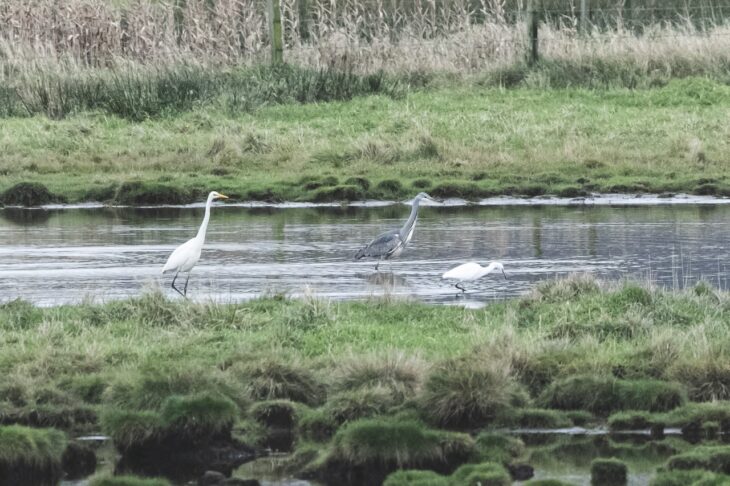
This isn’t the first time a great white egret has been sighted in the area – there was even one back in November 2016 – but their appearances are still much rarer than those of the little egret. If you’re going for a walk on the reserve, it’s worth keeping an eye out for the great white egret. It seems to be sticking to the drainage ditches, so is often conveniently behind tall grasses and reeds.
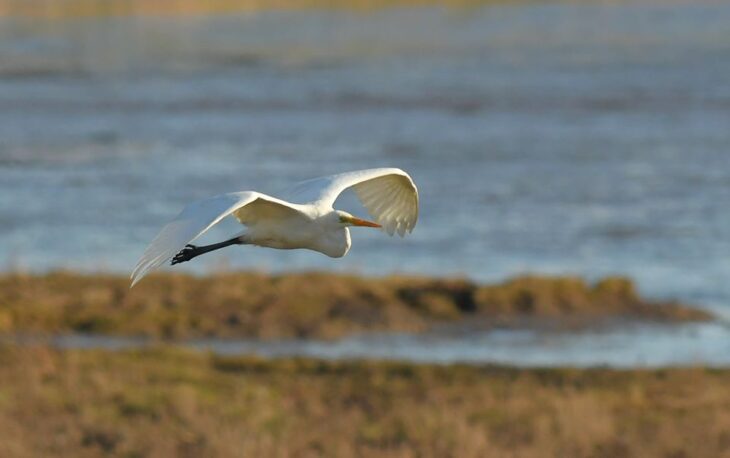
Here’s a guide to our hides and walks. Please note only one hide is accessible from the visitor centre (although the centre itself is essentially a ‘luxury bird hide’).
Joanna Peaker
Visitor Centre Assistant Manager
Help protect Scotland’s wildlife
Our work to save Scotland’s wildlife is made possible thanks to the generosity of our members and supporters.
Join today from just £3 a month to help protect the species you love.
Preface
It’s likely that most people reading this blog have seen plenty of grey herons in their lifetime. These are large, impressive, and somewhat prehistoric-looking birds that are usually seen by …
